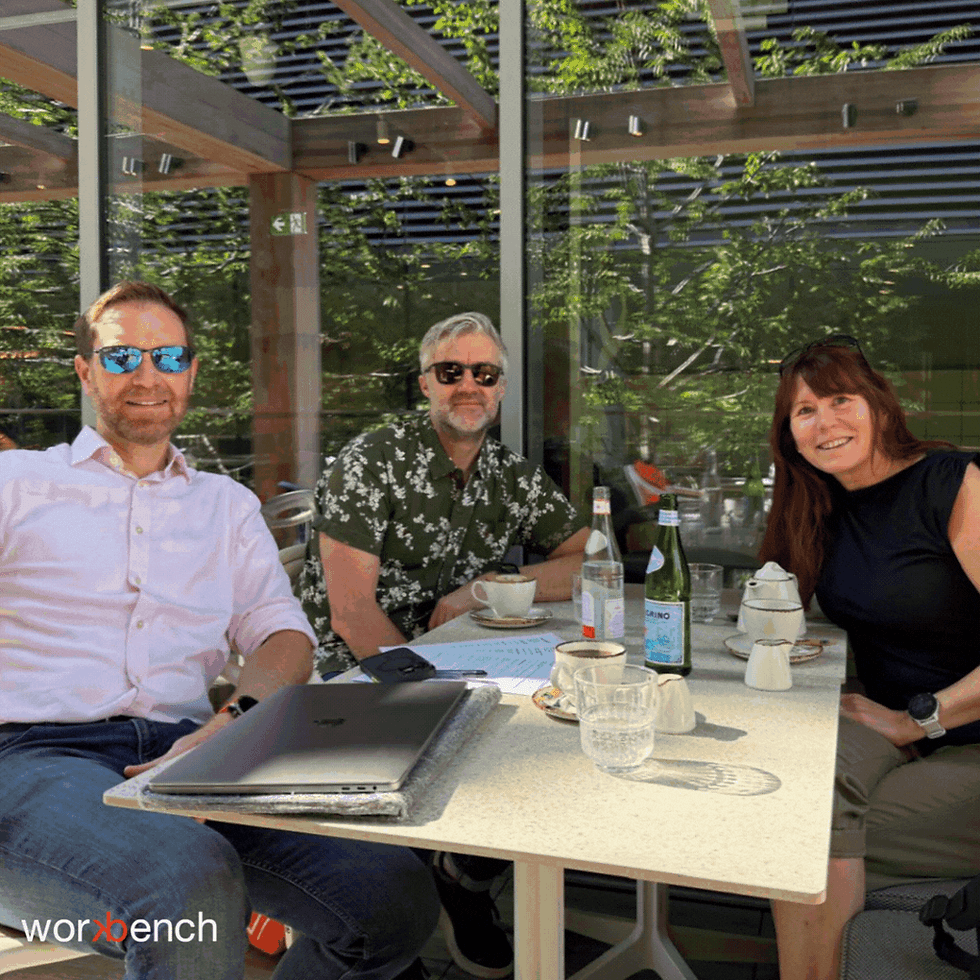Loop Flex. Extending & Flexible tables.
- workbenchdesign

- Feb 24, 2023
- 2 min read
Our Loop Flex was designed with simplicity in mind with focus of the users and movers. Telescopic rails and hidden castors in the base allow the table to roll in and out to accommodate various sizes. Using our Loop table base meant no awkward distances between the legs in either position
In less than three minutes Loop Flex can be changed from a 26 seat to 18 seat, (9800mm down to 7000mm.) by just two people. It can also be detailed to separate into two functional tables.
A few general points to consider when specifying flexible tables listed below.
1. Make sure the reality reflects the promise. See one demonstrated if possible.
2. Keep table leaf sizes or table tops (if a flip table) to a manageable size . Using 30-40 mm thick tops can make leaves very heavy, try to stick to 25mm. The leaves being moved in the clip are 1400x1600mmx25mm and we think this is a reasonable size to consider.
3. Consider the top material, laminate / veneer /lino are all good options. Glass, Corian and stone are all possible but not a good idea due to weight and chipping issues.
4. Consider your cable management. The table in clip accommodates cable trays and they move with the tables but planning was required for floor boxes.
5. Consider the flooring. The Loop Flex table is shown on a deep pile carpet and this did make it harder to roll in and out. Standard carpet tile and solid flooring are ideal for tables with castors.
6. If a trolley is required make sure there is storage space.
7. Where are tables being stored, how easy are they to maneuver and how far do they have to travel?
8. Specify good linking, ideally with no tools required. It is a real bug bear for facilities teams if they have to hunt around for tools to be able to move tables.
9. H&S guidelines suggest that 25KG is the max weight one person should lift.







